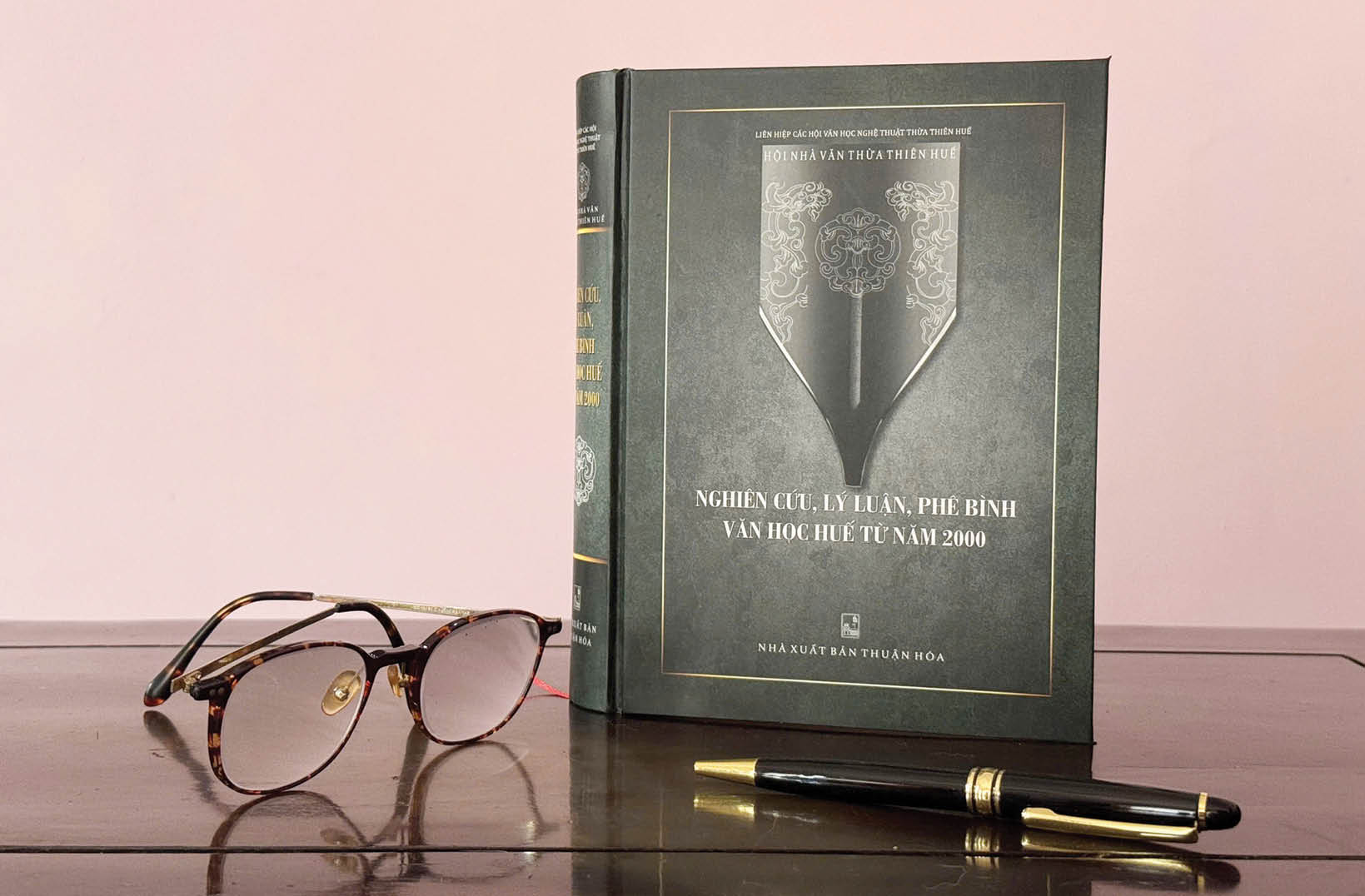 |
| This book contributes to affirming Hue as one of the three centers of literary and academic activities in the whole country. |
The authors in this book are those who specialize in research and critical theory such as Ha Van Luong, Tran Huyen Sam, Nguyen Van Thuan, Nguyen Van Hung; there are also authors who, in addition to research and critical theory, also participate in writing such as Buu Nam (poet, pen name Tran Hoang Pho), Ho The Ha, Nguyen Phuoc Hai Trung, Phan Tuan Anh and there are also those who became famous through writing, sometimes stopping by, participating in research and critical theory as a need to empathize with the creative mind and have had some success, such as Mai Van Hoan, Nguyen Duy To, Pham Phu Uyen Chau.
If we look along the literary process, we can easily see that they belong to two generations of writers, although staggered, but continuous, overlapping, supplementing and going hand in hand. These are writers who appeared after the country's reunification or are products of the renovation period/discourse style for the new era.
The twenty-three articles in this book are a process of approaching contemporary literary life with many different senses and perspectives, not only illuminating aesthetic planes, exploring aesthetic contents and the movement of sparkling artistic rays in terms of genre form, but also clearly demonstrating the mettle and power of language, in order to answer the question of which direction our literature is looking, on the development map of world literature, in the ability to integrate and develop.
From the subject's perspective, there are 7 articles on work criticism, 7 articles on author criticism, 2 articles introducing literary theory, 7 research and criticism articles on literary movements/periods and genres. There are several common, easily recognizable characteristics in this collection: This is a self-selected product of each author, with each author having only two articles, so many people choose the same aspect/topic as a continuation, in order to be able to present all their ideas within their capacity. Between many authors, there is exchange, meeting, continuing to complement each other, responding in the style of "like-minded people attract" - a meeting place for like-minded souls. That proves that the authors all have a common interest in literary life in the early years of the new millennium, in the vast biosphere of a flat world, which has a strong attraction for everyone, creating an extremely sensitive driving force that will spread into aesthetic waves far and wide. The anthology shows a deep interest in the Vietnamese literary heritage, from the Middle Ages to the modern era. Authors who research and teach foreign literature have applied postmodern literary theories and perspectives, to affirm the exchange and encounter between world literatures, including Vietnamese literature.
At the beginning of the new millennium (2001), when looking back at the theoretical and critical life of the whole country, Professor - Academician Phan Cu De said: There is one point to note, most of the theorists and critics are originally from the Central region. That is not a coincidence. In our country, very few people work professionally in theoretical criticism. Most of them are teachers, journalists, literary researchers who have switched to theoretical criticism" [*].
Hue became a center of university training very early (1957) and has developed until now. Teachers always attach importance to the "dual" mission of research and teaching. Scientific research is to serve the teaching work and if you want to teach well, you cannot do without scientific research. Not far away, among the 12 authors in this book, 10 authors are teachers.
It should also be added that, due to the limitations of the anthology's framework, there are many authors who participate in theoretical and critical activities (Nguyen Khac Phe, Vo Que, Le Huynh Lam, Luu Ly...) or authors who are members of other associations or do not participate in association activities (Nguyen Xuan Hoa, Tran Dai Vinh, Nguyen Thanh, Hoang Thu Thuy, Nguyen The, Nguyen Thi Tinh Thy, Hoang Thi Hue, Dang Thi Ngoc Phuong, Nguyen Thi Kim Ngan, Phan Thuan Thao, Thanh Tam Nguyen, Phan Trong Hoang Linh, Nguyen Thuy Trang...), who are also prolific writers in Hue today, and are not present in this anthology, which is truly a pity.
Compared to the two ends of the country, Hue is not a press center, but theorists and critics in Hue are always "present" on the pages of newspapers in the centers. In fact, the press plays an important role in the process of literary modernization. The role of Hue Newspaper today (formerly Thua Thien Hue Newspaper) and specialized research magazines such as Hue Research, Science and Development, and especially since 1983, Hue has had Huong River Magazine, a local magazine, but always aspires to reach out, creating conditions for artists, including those working in theory and criticism, to have the opportunity to exchange, meet, receive, learn and create.
Looking more broadly, since the emergence of national literature, after and along with Hanoi and Ho Chi Minh City, Hue has been one of the three centers of literary and academic activities in the country, especially in research, theory, and criticism, including the large number of staff, quantity, and quality of works.
[*] Phan Cu De (2001), Introduction, book Theory and Criticism of Central Vietnam Literature in the 20th Century, Da Nang Publishing House, p.7
Source: https://huengaynay.vn/van-hoa-nghe-thuat/ly-luan-phe-binh-van-hoc-xu-hue-nhung-nam-dau-the-ky-xxi-157657.html




![[Photo] Draft documents of the 14th Party Congress reach people at the Commune Cultural Post Offices](https://vphoto.vietnam.vn/thumb/1200x675/vietnam/resource/IMAGE/2025/10/28/1761642182616_du-thao-tai-tinh-hung-yen-4070-5235-jpg.webp)
![[Photo] National Assembly Chairman Tran Thanh Man received a delegation of the Social Democratic Party of Germany](https://vphoto.vietnam.vn/thumb/1200x675/vietnam/resource/IMAGE/2025/10/28/1761652150406_ndo_br_cover-3345-jpg.webp)
![[Photo] Flooding on the right side of the gate, entrance to Hue Citadel](https://vphoto.vietnam.vn/thumb/1200x675/vietnam/resource/IMAGE/2025/10/28/1761660788143_ndo_br_gen-h-z7165069467254-74c71c36d0cb396744b678cec80552f0-2-jpg.webp)

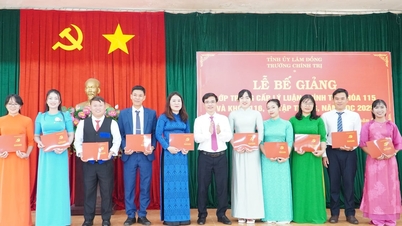

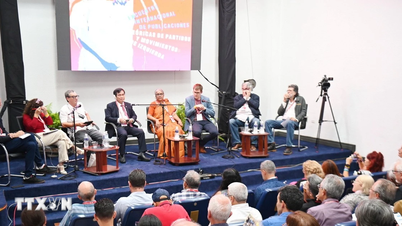





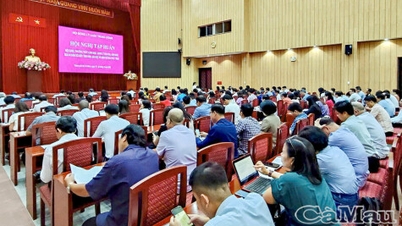



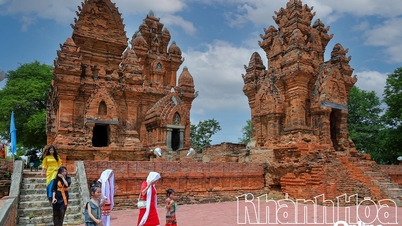

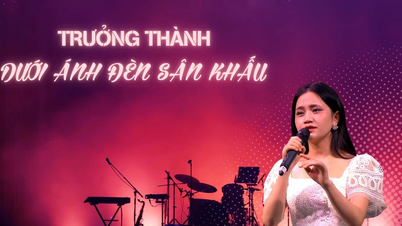

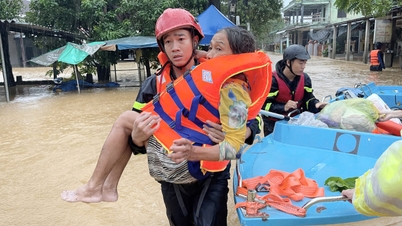
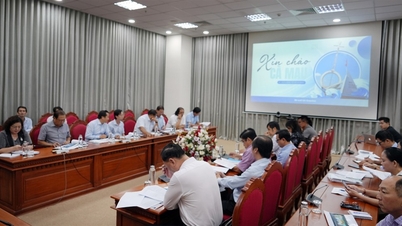

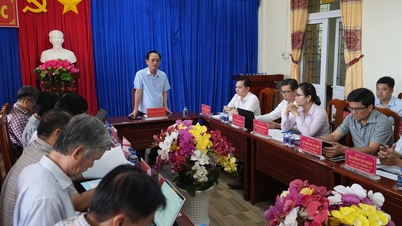





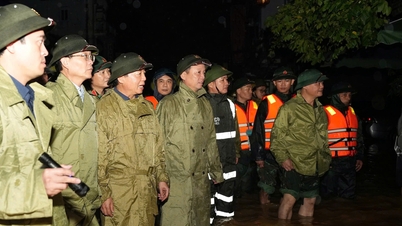
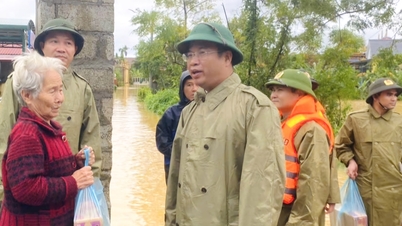
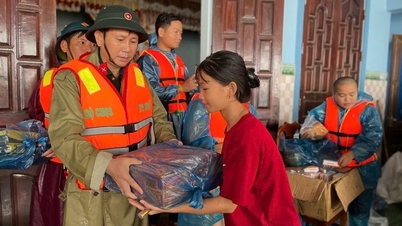
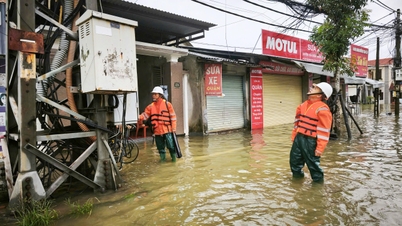
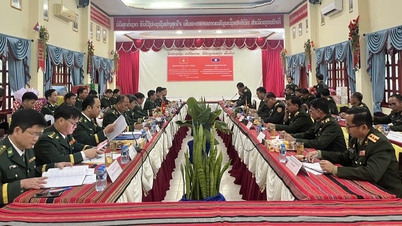
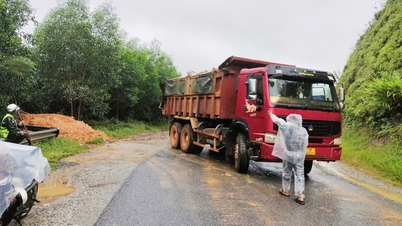

![[Photo] President Luong Cuong attends the 80th Anniversary of the Traditional Day of the Armed Forces of Military Region 3](https://vphoto.vietnam.vn/thumb/1200x675/vietnam/resource/IMAGE/2025/10/28/1761635584312_ndo_br_1-jpg.webp)

































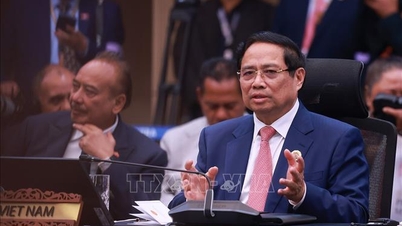
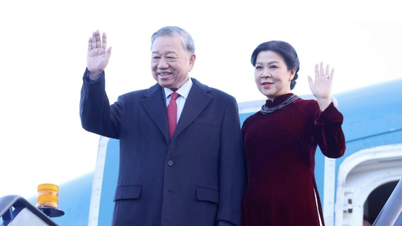



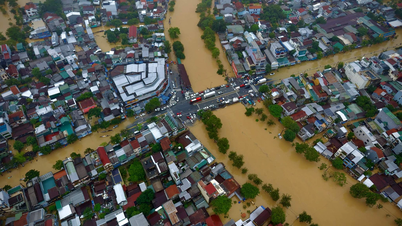


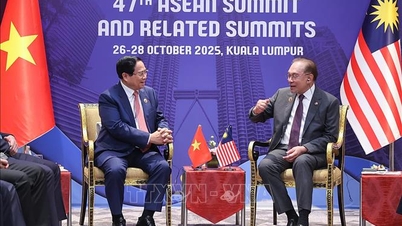

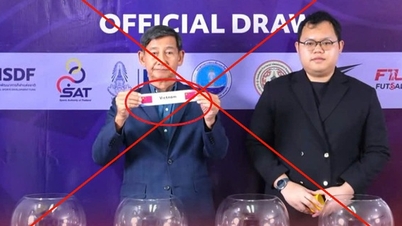

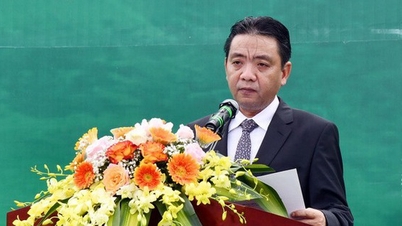
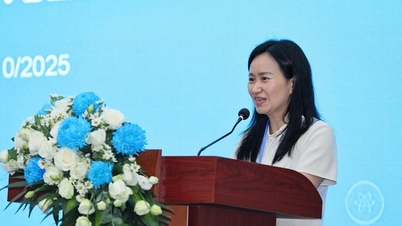

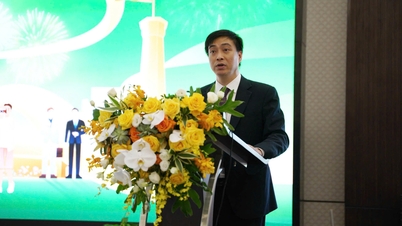


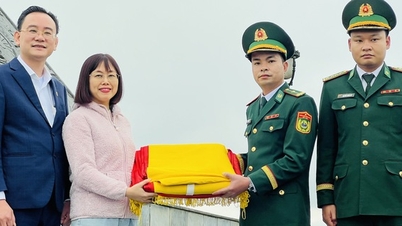
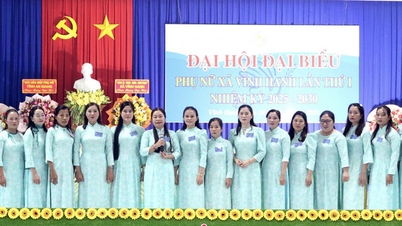

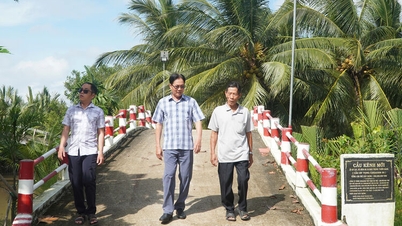
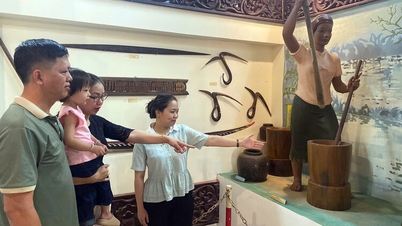
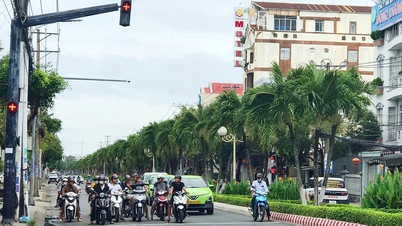
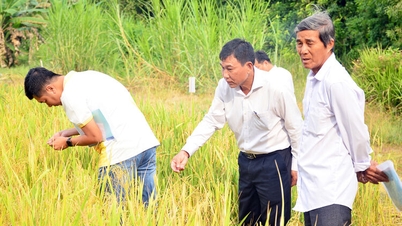
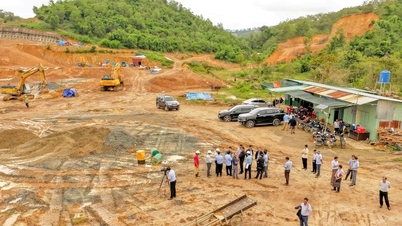













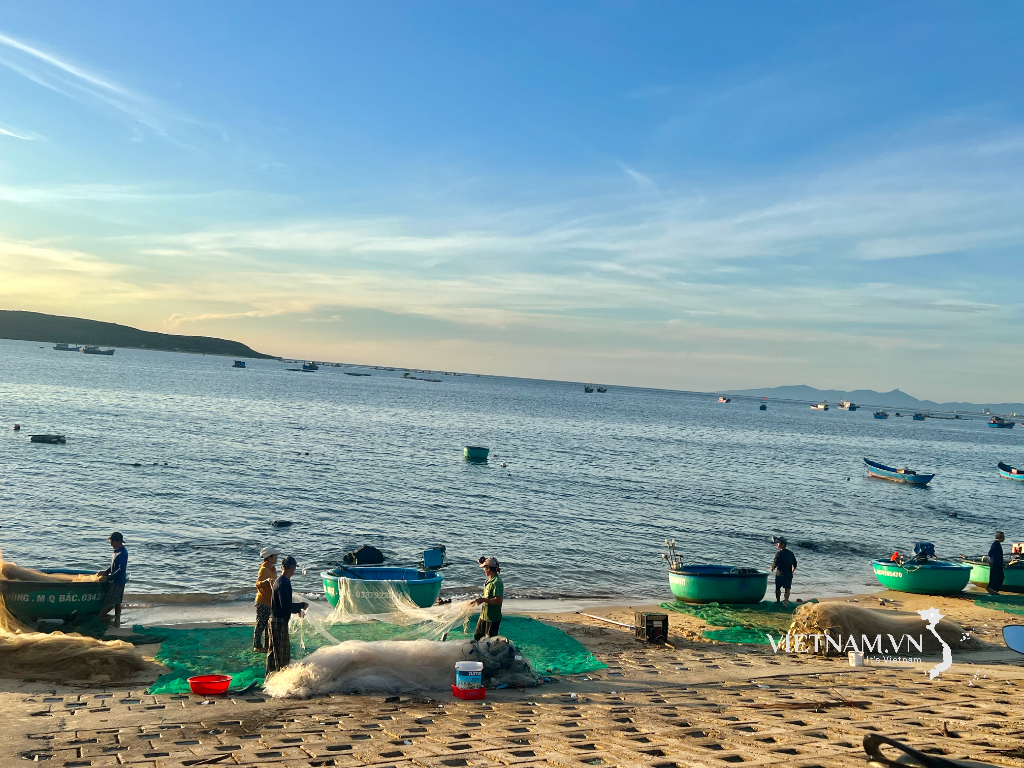
Comment (0)